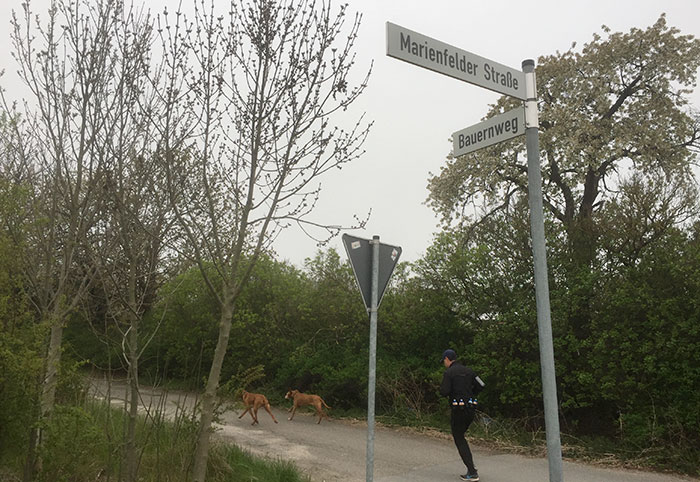

Judith: As the cold war erupted, the soviets tried to force the other nations to hand over their parts of Berlin. Very soon, Britain, France and the USA decided to merge their zones into one West German state, while the soviets followed soon by creating their own East German state. So they split Berlin into four zones, just like Germany as a whole was split. Berlin was clearly in the East, but every allied power wanted to have the capital, of course. So Germany was not just split into East and West, but the West was also split between Britain, France and the USA.Ĭhuck: That left the issue of Berlin. After the Second World War, every allied power got a slice of Germany. Judith: Ok, guess what we will talk about.Ĭhuck: Ah, I guess that does make more sense, even though I'm thirsty.

Therefore the GDR built a wall around West-Berlin, to separate West-Berlin from East-Berlin and from the rest of the GDR. West-Berlin was an island in East Germany. It is also a symbol of Germany and the reunification.Ī: Why is it a symbol of the reunification?ĭ: Because the Brandenburg Gate was closed during the Cold War, it was part of the border between West and East.Ī: Ah, the border between West Germany and East Germany?ĭ: No, the border was further west. Now with the translation.ĭ: We're there! Mike, this is the Brandenburg Gate.Ī: Not bad! It's much bigger than I thought!ĭ: The Brandenburg Gate is the most well-known symbol of Berlin.

Deshalb baute die DDR eine Mauer um West-Berlin herum, um West-Berlin von Ost-Berlin und vom Rest der DDR abzugrenzen. West-Berlin war eine Insel in Ostdeutschland. Außerdem ist es ein Symbol für Deutschland und für die Wiedervereinigung.Ī: Wieso ist es ein Symbol für die Wiedervereinigung?ĭ: Weil das Brandenburger Tor während des kalten Krieges geschlossen war, es war Teil der Grenze zwischen West und Ost.Ī: Ah, die Grenze zwischen Westdeutschland und Ostdeutschland?ĭ: Nein, die Grenze verlief weiter westlich. Let’s listen to the conversation.ĭ: Da sind wir! Mike, das hier ist das Brandenburger Tor.Ī: Nicht schlecht! Es ist viel größer als ich dachte!ĭ: Das Brandenburger Tor ist das bekannteste Wahrzeichen Berlins.

Judith: Anyways, stop by, leave us a comment or just say hi.Ĭhuck: When we’ll see lots of comments, we’ll stop asking the question. Great question, but didn’t you ask that last week too? I want to know when was the last time you commented?Ĭhuck: Ah yes. The speakers are friends, therefore they will be speaking informal German. The conversation is between Mike and his German friend, who are sightseeing there. Judith: In this lesson you will learn how to talk about history.Ĭhuck: Today’s conversation takes place at the Brandenburg gate in Berlin. Judith: And we brought back lots of interesting lessons. Judith: This is where you can rapidly improve your German through fun and easy lessons. Do you know how to find the best Germany has to offer? Hello and welcome back to.


 0 kommentar(er)
0 kommentar(er)
